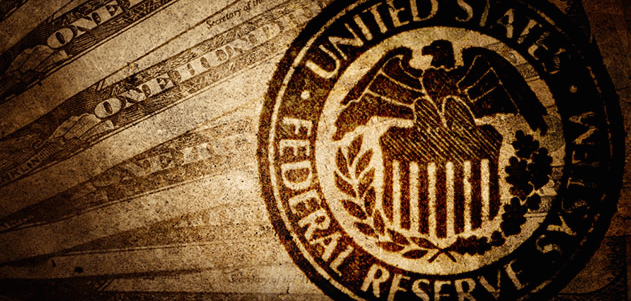It should have come as no surprise that the Fed decided not to raise the federal funds interest rate this month, as pointed out in Trey Garrison’s article in HousingWire on Sept. 17, “It’s official: Fed punts on interest rate hike.” It was no surprise because the Fed’s decision validates the belief that the economy is not in recovery, and in truth is precariously perched on the edge of a precipice.
The statement from which Garrison quoted the Federal Open Market Committee regarding its decision is just another example of the kind of spin (read: BS) the media and government agencies and other organizations spew forth to try to make the general public believe that things are better than they actually are:
“To support continued progress toward maximum employment and price stability, the Committee today reaffirmed its view that the current 0 to ¼% target range for the federal funds rate remains appropriate.”
Rubbish.
The Fed made their decision because it has boxed itself in with this failed program of artificially propping up Wall Street, and knows full well that with the stagnating world economic picture, turmoil in Syria that is about to rock the foundation of Europe, the quite noticeable volatility of our stock market, and events taking place in China, Japan and elsewhere, they could not risk raising interest rates… yet.
The Fed knows it must raise interest rates soon, because their failed monetary policy has not yielded the expected outcome of a stronger economy, higher true employment rates and price stability. But, while it was widely believed prior to the wild stock market activity last month that the Fed would surely raise the interest rate, the chaos surrounding those sharp declines and volatility caused them to “punt,” as Garrison’s headline suggested.
As Garrison also noted, the Fed has not raised interest rates since June 2006, during the George W. Bush administration. Almost from the very day President Obama took office in January of 2009, media and administration reports indicated that the economy in general and the housing sector in particular were in recovery. Remember the “Summer of Recovery” several years ago? More rubbish.
And, while major corporations, mega-investors and those connected to Wall Street, including our ruling class, benefitted mightily these past nine years from the bullish markets that have defied fundamentals, retirees and the middle class have been given the shaft with low yields on savings and losses from investing in ever-riskier stocks.
While the Fed continued its misguided policy with virtually no positive results to show for it, the current administration artificially propped up the housing sector with one failed program after another that purported to help consumers, but in the end didn’t help anywhere near the number expected. And, this helped to create an environment where housing prices began to return to pre-bubble levels, helped in part by hedge funds buying up single-family properties across the country that caused inventory shortages.
But I digress. The fact is that the Fed will, because it must, raise the federal funds interest rate sooner rather than later. It will have the opportunity to do so at the Oct. 27-28 meeting, then the Dec. 15-16 meeting. It is more likely than not that it will begin to raise the rate in October, because waiting until December turns the Fed into “Snidely Whiplash” just before the holiday season.
The Fed would no doubt prefer to wait until early in 2016, but that is unlikely because it won’t want to become a flaring issue so close to the national elections.
The many quotes Garrison included from several economic analysts seemed to indicate that even if/when the Fed raises the interest rate and mortgage rates continue to climb, the effects on homebuyers will be “minimal.” While that might be true to an extent, rising interest rates coupled with global instability, economic uncertainty, continued stagnant wages, lower workforce participation rates, inflation, and America’s massive debt and deficits will definitely affect consumer confidence.
It can be argued that consumer confidence drives the economy more than any other single factor. And no amount of media spinning will convince the middle class that things are getting better for them when they know in their hearts it is not.
The truth is, the Fed waited too long to raise the interest rate and their perceived window of opportunity closed when market volatility and global events conspired to thwart those plans.




